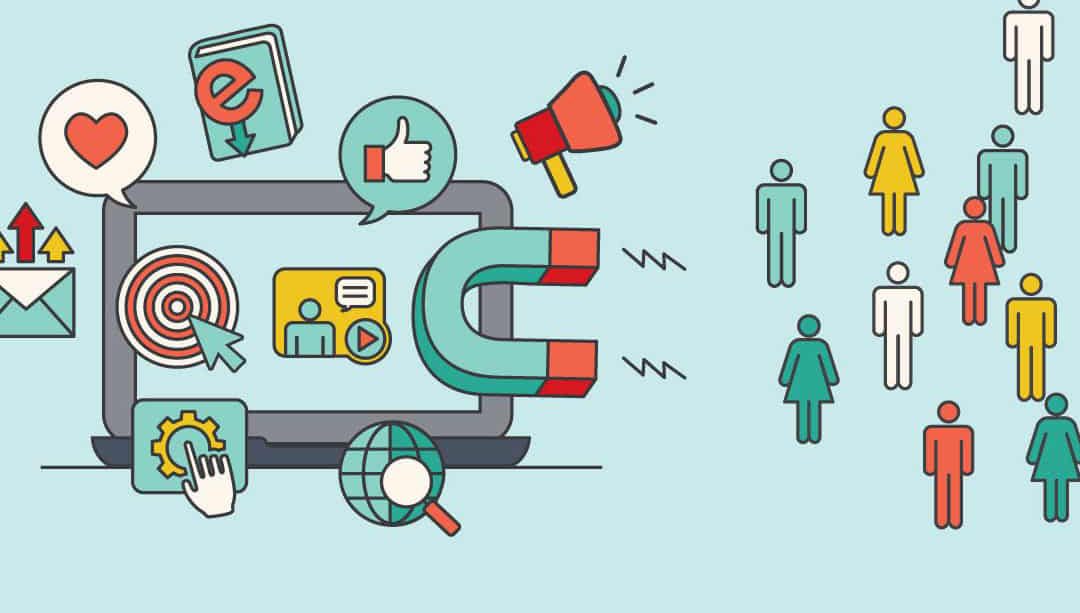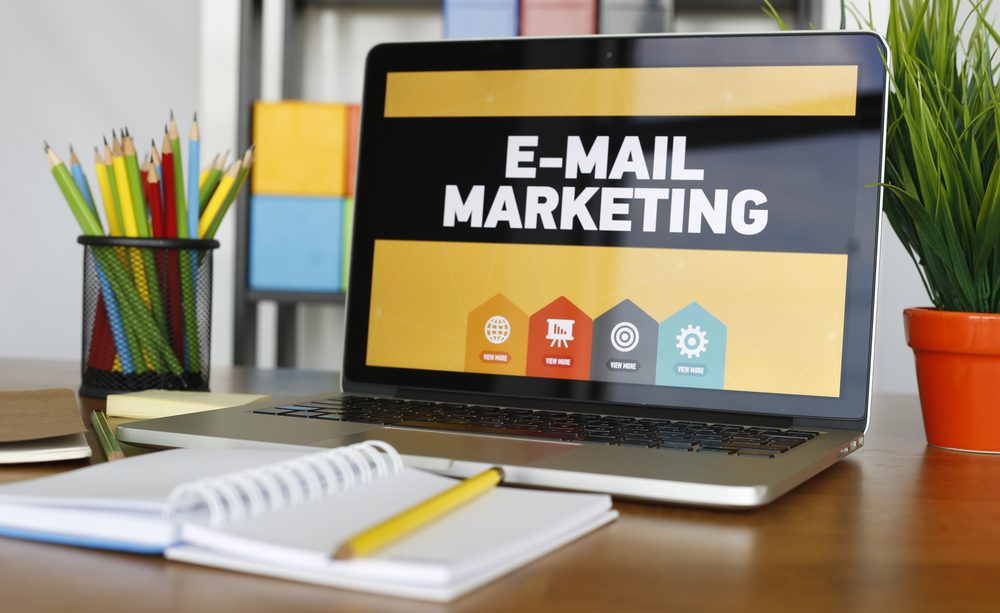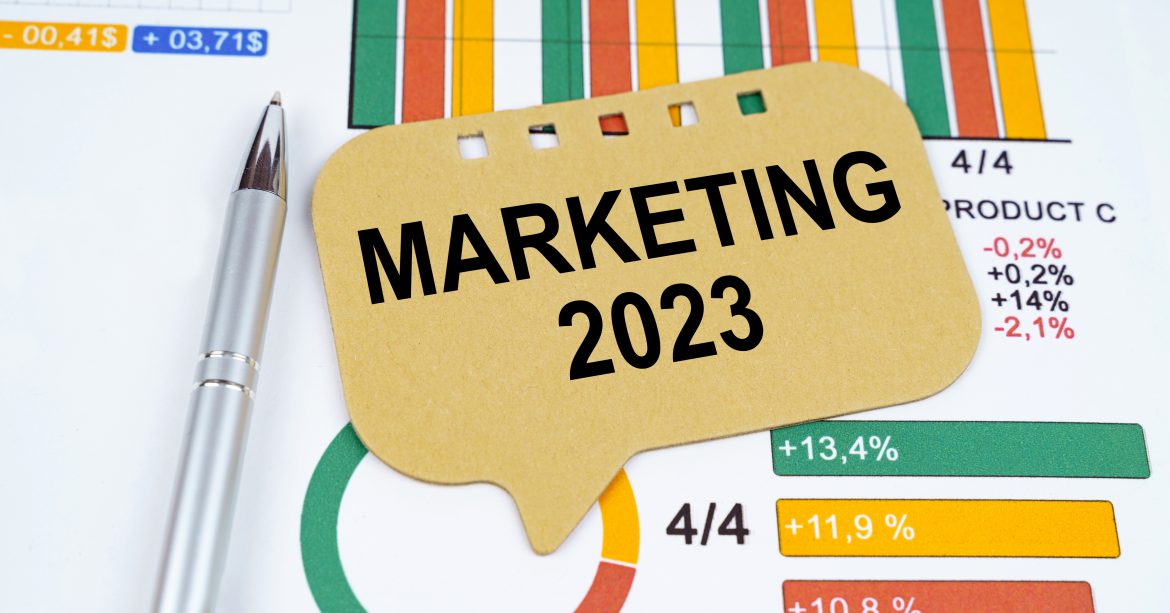EOS Marketing Strategies: Taking Your Business to New Heights
In marketing, staying ahead of the curve requires a smart approach that matches your business goals and objectives. Enter the Entrepreneurial Operating System (EOS), a powerful framework designed to help entrepreneurs and business leaders simplify their operations and achieve success. Let us ...
Lead Generation with Robotic Marketer for IT Managed Services Firms
Lead generation is vital for IT managed services firms looking to grow their client base and bring in more revenue. The competitive industry needs a well-thought-out approach to attract and convert high-quality leads. Let us look into effective lead generation strategies for IT managed services ...
Revealing the Potency of Marketing Models in Generating Leads for Professional Services Firms
For professional services firms, lead generation is a crucial aspect of driving growth and success. Implementing the right marketing model can significantly impact the effectiveness of lead generation strategies. In this blog, we will explore various marketing models and their influence on lead ...
A guide to Lead Generation in 2023
In 2023, lead generation will be different. Why? As most of our customers no longer interact with us in person and new technologies are replacing old ones, like search engines and email marketing, how we adjust to the work-from-home environment will determine how well we can use customer ...
How to Generate Leads in Digital Marketing?
The first “e” enterprises launched in the early 1990s and never looked back. The internet has grown significantly in the thirty years since then. The main advantage of internet commerce is that you can do it for substantially less money and in comparatively shorter amounts of time ...
How to Create an Effective Email Marketing Campaign
Due to its success rate, Email marketing is a tactic that many businesses use. The popularity of Email Marketing has resulted in companies and marketing groups having to come up with fresh ideas and cutting-edge strategies to set themselves apart from rivals. email marketing strategy has a ...
The benefits of content marketing for public relations
Content marketing is a strategic approach to creating and distributing valuable, relevant, and consistent content. This is to attract and engage a clearly defined audience, with the goal of driving profitable customer action. In the context of public relations, content marketing can be a ...
11 Reasons You Need A Digital Marketing Strategy In 2023
The way consumers now find, assess, and buy goods and services has changed due to technology, which has increased the significance of digital marketing.












